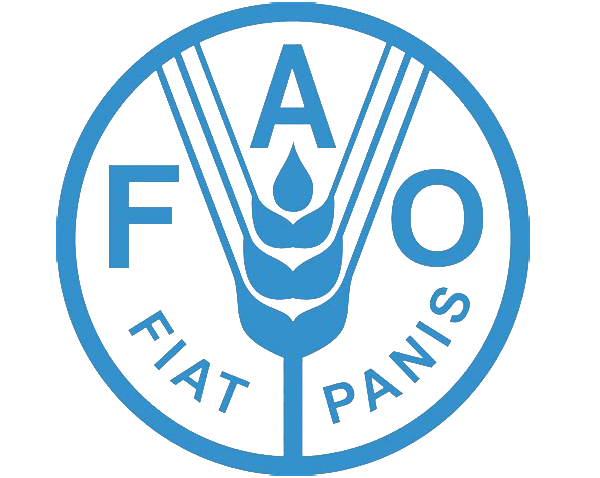
Availing preparedness and response plans to prepare, detect, and respond to Zoonoses
Food and Agriculture Organization of the United Nations (FAO) has supported the government of Rwanda to develop three strategic documents for three priority zoonotic diseases that need attention to manage health related challenges at the human-animal-environment interfaces.
Developed under the project “Provision of technical support for the One Health platform in Rwanda,” supported financially by USAID, the strategy documents will guide efforts to prevent and control each of the three priority zoonotic diseases in line with global standards and requirements.
In 2018, Rwanda prioritized the top six priority zoonotic diseases from over 20 zoonotic diseases for inter-sectoral collaboration.
The FAO project selected three priority zoonotic diseases from the six which are, Rabies, Rift Valley Fever and Highly Pathogenic Avian Influenza (HPAI) to support.
The Multi-sectoral preparedness and contingency plans will assist the Government of Rwanda’s multi-sectoral, multidisciplinary approach to guide and strengthen systems to prevent, prepare, detect, respond to, and recover from primarily infectious diseases from the source, and will consequently minimize the potential occurrence and spread in humans and/or animals.
Rwanda has achieved progress along the pathway to strengthen multi-sectoral coordination through the One Health approach under the support of USAID to Rwanda One Health Platform in which using the Centres for Disease Control and Prevention (CDC) tool the contingency and preparedness plans for the selected three priority zoonotic diseases were developed.
The Strategic plan to control and eliminate rabies
Rabies is a zoonotic disease. Rabies, present on all continents and endemic in most African and Asian countries, is a fatal zoonotic viral disease, transmitted to humans through contact (mainly bites and scratches) with infected animals, both domestic and wild. According to WHO, Rabies is estimated to cause at least 55 000 deaths per year worldwide and Dogs contribute 99 percent of human rabies deaths.
The data from the Epidemic Surveillance and Response Division at Rwanda Biomedical Centre (RBC), indicate a total of 413 dog bites (average of 54 dog bites per month) were recorded and one death resulted in rabies countrywide from January to August 2016.
The 10-year “Rwanda Strategic plan for control and elimination of Rabies (2020-2030)” will guide stepwise reduction of rabies burden through enhanced surveillance, prevention of rabies in dogs, prevention of rabies in humans.
It aims at eliminating human dog-mediated rabies by the year 2030. The strategy provides a guide for systematic reduction of rabies risk through sustained mass dog vaccinations, pre and post-exposure prophylaxis and public education until the country is completely free of human dog-mediated rabies.
Highly pathogenic avian influenza preparedness and Response plan
Rwanda remains free from highly pathogenic avian influenza (HPAI) and does not have any reported of a suspected case of avian influenza (H5N1) both in birds and humans. The disease outbreak was reported in South East Asia in late 2003.
Rwanda is at risk for the pandemic threat especially after discovering the virus in Africa. As of 2018, Rwanda’s chicken population stood at 7.6 million, a two-fold increase from 2010 when the number was 3.5 million Poultry products are predominantly traditional. This sector is exposed to many animal diseases and the veterinary services are still under-developed.
The “Preparedness and response plan for highly pathogenic avian influenza” aims to guide preparedness and courses of action for appropriate response in the event of avian influenza and pandemic influenza outbreak in Rwanda.
The plan targets people who are involved in planning and in responding to avian and pandemic influenza such as decision-makers, health planners, policymakers, public health managers, hospital administrators, health care providers, essential service providers, veterinary services, local government units, people involved in the mass media and communications and other stakeholders.
The Rift Valley Fever preparedness and Response Plan
The “Rwanda Rift Valley Fever preparedness and Response Plan” is intended to serve as a national guideline to Rift Valley Fever (RVF) preparedness and response activities for Rwanda.
Rift Valley Fever is most severe in sheep, goats and cattle, in which it produces abortions in pregnant animals and a high mortality rate in the new born. Humans are susceptible to infection through contact with infected material or mosquito bites.
In Rwanda, clinical RVF was detected and reported for the first time in May 2018 in Eastern part of Rwanda particularly in Ngoma and Kirehe Districts. The recent RVF outbreaks in Kenya and Uganda has put Rwanda at a very high risk of RVF.
The plan will provide guidance on the information, tasks, and procedures that would be necessary to facilitate the decision-making process.
